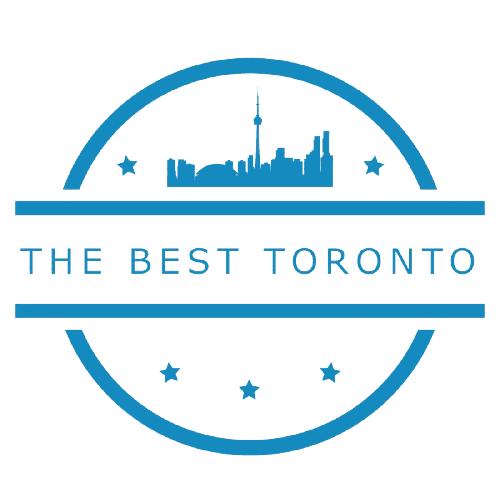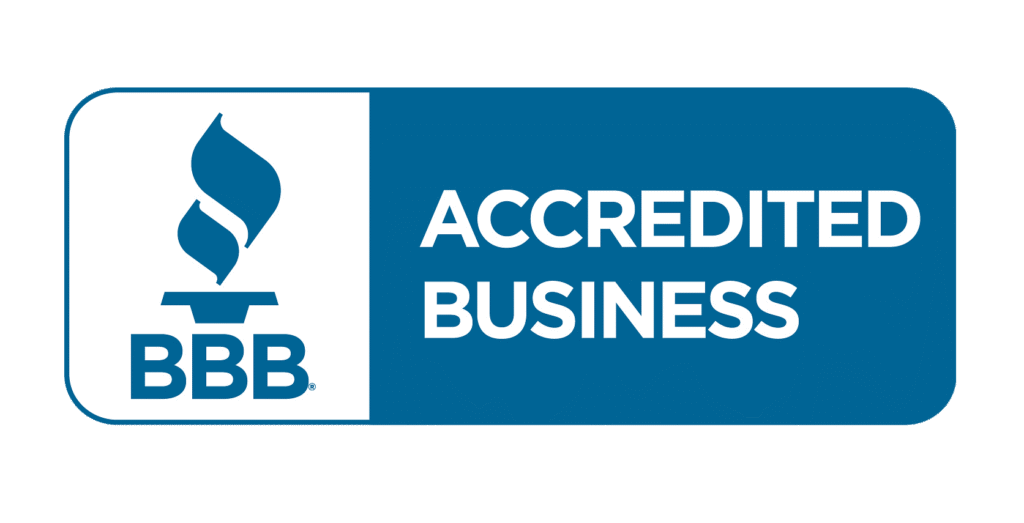Yellow Mold Toronto | CPR24 Restoration
Yellow mold is a common household problem, particularly in Toronto. Often misunderstood, it can cause health risks and damage if not treated. This article aims to provide a comprehensive overview of yellow mold, including its identification, health implications, removal techniques, and prevention strategies. What is Yellow Mold? Yellow mold is a type of fungus that thrives in damp, humid environments. Its yellowish hue characterizes it, ranging from pale yellow to a deeper mustard shade. This mold typically appears in various textures, including fuzzy, powdery, or slimy forms. Common Species of Yellow Mould Several species of yellow mold exist, each with unique characteristics and potential health risks. Some of the most prevalent include: Understanding these species is crucial for effective management and remediation. Identifying Yellow Mold Toronto Detecting yellow slime mold early is essential for effective management. Here are some key indicators to look for: Visual Signs Odour A musty or earthy smell often accompanies yellow mold, indicating the presence of mold spores in the air. If you notice a persistent odour in your home, it may be time to investigate further. Health Symptoms Being around yellow mold can cause health problems. This is especially true for people with breathing issues or weak immune systems. Symptoms may include: If you experience these symptoms and suspect mold exposure, it’s essential to seek medical advice. Health Risks Associated with Yellow Mold Toronto While not all yellow molds are toxic, certain species can pose significant health risks. Understanding these risks is vital for maintaining a safe living environment. Respiratory Issues Inhalation of mold spores can lead to respiratory problems, particularly in individuals with asthma or allergies. Symptoms may worsen with prolonged exposure, leading to chronic respiratory conditions. Allergic Reactions Individuals sensitive to mold may experience allergic reactions, including sneezing, runny nose, and itchy eyes. In severe cases, exposure can trigger asthma attacks or other respiratory emergencies. Toxicity Concerns Some yellow molds, particularly certain strains of Aspergillus, can produce mycotoxins that are harmful to human health. Long-term exposure to these toxins may lead to serious health issues, including liver damage and increased cancer risk. Vulnerable Populations Some groups, like infants, the elderly, and people with weak immune systems, face a higher risk of harm from mold exposure. Taking extra precautions in households with vulnerable members is crucial. How Yellow Mold Grows in Toronto Understanding the conditions that promote yellow mold growth can help in prevention and remediation efforts. Ideal Conditions Yellow mold thrives in environments that are: Common Sources of Moisture Identifying and addressing sources of moisture is critical in preventing yellow mold growth. Common sources include: Safe Removal Techniques for Yellow Mold Toronto Removing yellow mold can be a challenging task, especially if it has spread extensively. Here are some safe removal techniques: DIY Removal For small patches of mold yellow, you may attempt to remove it yourself using the following methods: Reminder: Consistently use safety equipment, such as gloves and a mask, to prevent inhaling mold spores. Professional Mold Remediation For larger infestations or persistent mold issues, it’s advisable to hire a professional mold remediation service. Professionals follow a systematic process that includes: Preventing Yellow Mold Growth Toronto Prevention is key to avoiding yellow mold infestations. Here are some effective strategies: Control Humidity Levels Maintaining indoor humidity levels between 30% and 50% can significantly reduce the risk of mold growth. Use dehumidifiers in damp areas and ensure proper ventilation throughout your home. Improve Ventilation Ensure that areas prone to moisture, such as bathrooms and kitchens, are well-ventilated. Use exhaust fans and open windows when possible to promote air circulation. Regular Maintenance Conduct routine inspections of your home to identify and address potential moisture issues. Check for leaks around windows, roofs, and plumbing fixtures, and repair any damage promptly. Clean and Dry Wet Areas Promptly dry any spills or leaks within 24-48 hours to prevent mold growth. Regularly clean areas prone to moisture, such as shower walls and kitchen counters. Legal and Insurance Considerations Toronto Understanding the legal and insurance implications of mold in your home is essential for homeowners and landlords. Insurance Coverage Many homeowners’ insurance policies cover mold damage, but coverage may vary. Advisable to review your policy and consult with your insurance provider to understand your coverage options. Legal Obligations Landlords have a legal obligation to provide a safe living environment for tenants. Failure to address mold issues can lead to legal ramifications and potential liability for health-related claims. Yellow mold on walls is an unsightly and potentially harmful issue that homeowners shouldn’t ignore. People often find yellow mold removal in damp or poorly ventilated areas. It can spread quickly and may show a bigger moisture problem. To remove yellow mold, first find the source of moisture. Then, wear protective gear. Use cleaning solutions made for mold. If the mold is stubborn, consider getting professional help. If you spot yellow mould in your house, act fast to prevent structural damage and health risks. To clean yellow mold properly, start by scrubbing the affected surfaces. Use a mixture of vinegar and water. Make sure the area is completely dry afterward. Yellow mold is a serious concern that requires prompt attention and action. By understanding its characteristics, health risks, and effective removal techniques, homeowners can protect their health and property. Regular maintenance and preventive measures are essential in keeping your home mold-free. If you suspect yellow mold is present in your house, seek assistance from an expert. This will keep your living space safe and healthy. By staying informed and proactive, you can effectively manage yellow mold and maintain a safe, healthy home for you and your loved ones.









